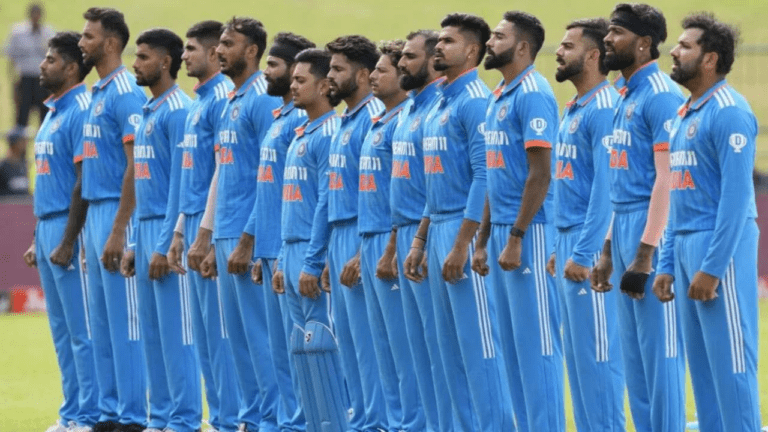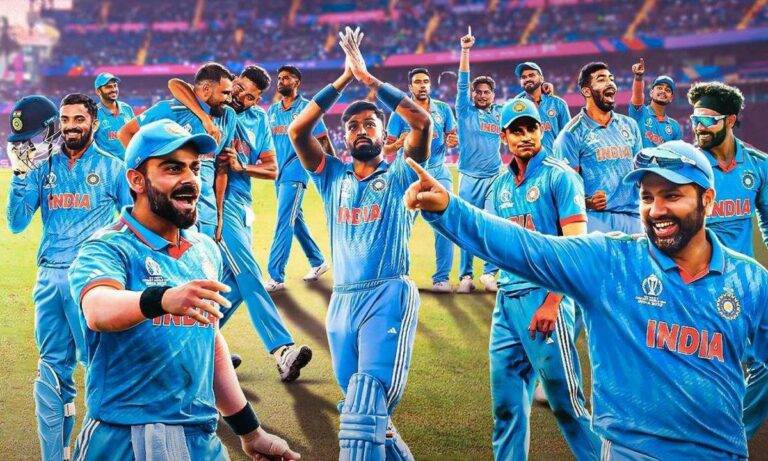Exploring the Future of Test Cricket in a Fast-paced World
Reddy Anna Book, Reddy Book Club: Test cricket, the longest and oldest format of the sport, has seen significant changes and transformations over the years. From the early days of timeless Tests to the introduction of limited-overs cricket and the advent of day-night matches, the evolution of test cricket reflects the dynamic nature of the game and the efforts to adapt to the demands of modern times. These changes have brought both challenges and opportunities for test cricket as it strives to maintain its traditional essence while attracting a wider audience in a fast-paced sporting world.
Moreover, the evolution of test cricket has been marked by advancements in technology and innovations in playing conditions. The introduction of Decision Review System (DRS) and the emphasis on maintaining the balance between bat and ball have enhanced the competitiveness and fairness of the game. Furthermore, the growing popularity of T20 cricket has influenced the way test matches are approached, with teams incorporating aggressive tactics and strategies to keep pace with the changing trends in the sport.
Challenges Faced by Test Cricket in Modern Times
Test cricket, the oldest and most traditional format of the game, has been facing challenges in modern times. One of the main obstacles is the increasing popularity of shorter formats like T20 cricket, which appeal to a wider audience due to their fast-paced nature and entertainment value. As a result, test matches are struggling to attract spectators and maintain viewership, leading to concerns about the future relevance of the format.
Furthermore, the rise of franchise-based T20 leagues around the world has led to scheduling conflicts for players, making it difficult for boards to prioritize test cricket. The temptation of lucrative contracts in these leagues often results in players prioritizing limited-overs cricket over the longer format, affecting the quality of test matches. This trend not only impacts the competitiveness of test cricket but also raises questions about the overall standard of the game in the long run.
Why is Test Cricket considered the purest form of the game?
Test Cricket is considered the purest form of the game because it is played over five days, allowing for a true test of skill, endurance, and strategy.
What are some of the challenges faced by Test Cricket in modern times?
Some challenges faced by Test Cricket in modern times include competition from shorter formats like T20 cricket, declining viewership and attendance, and the need to adapt to changing audience preferences.
How has Test Cricket evolved over the years?
Test Cricket has evolved over the years with changes in rules, regulations, and playing conditions. Innovations like day-night Test matches and the introduction of the World Test Championship have been introduced to keep the format relevant.
How can Test Cricket stay relevant in the modern era?
Test Cricket can stay relevant in the modern era by promoting the historic significance and tradition of the format, embracing innovations to attract new audiences, and ensuring a balance between tradition and modernity.






